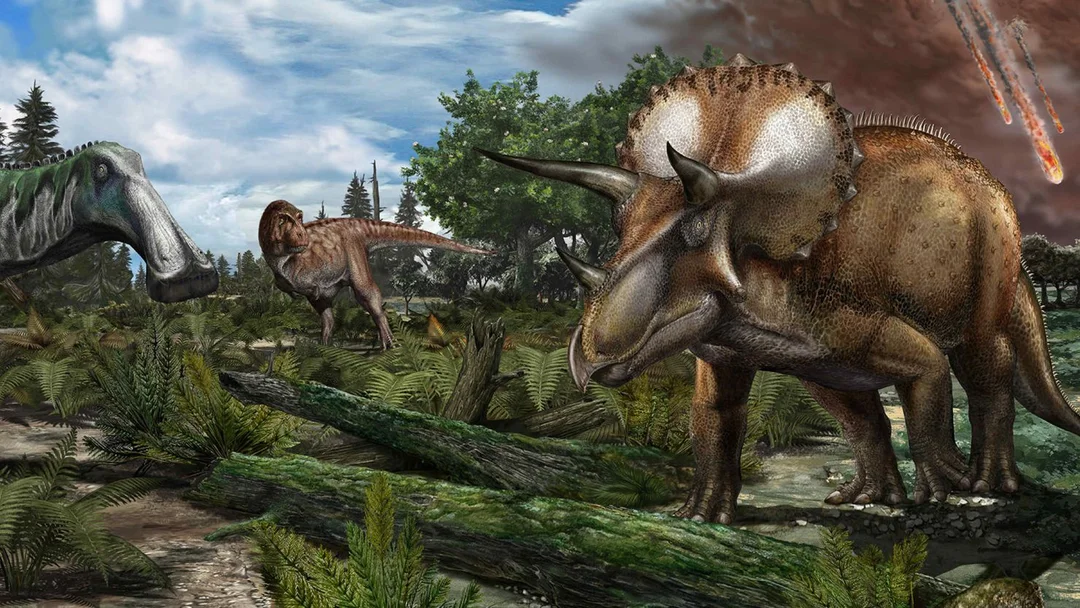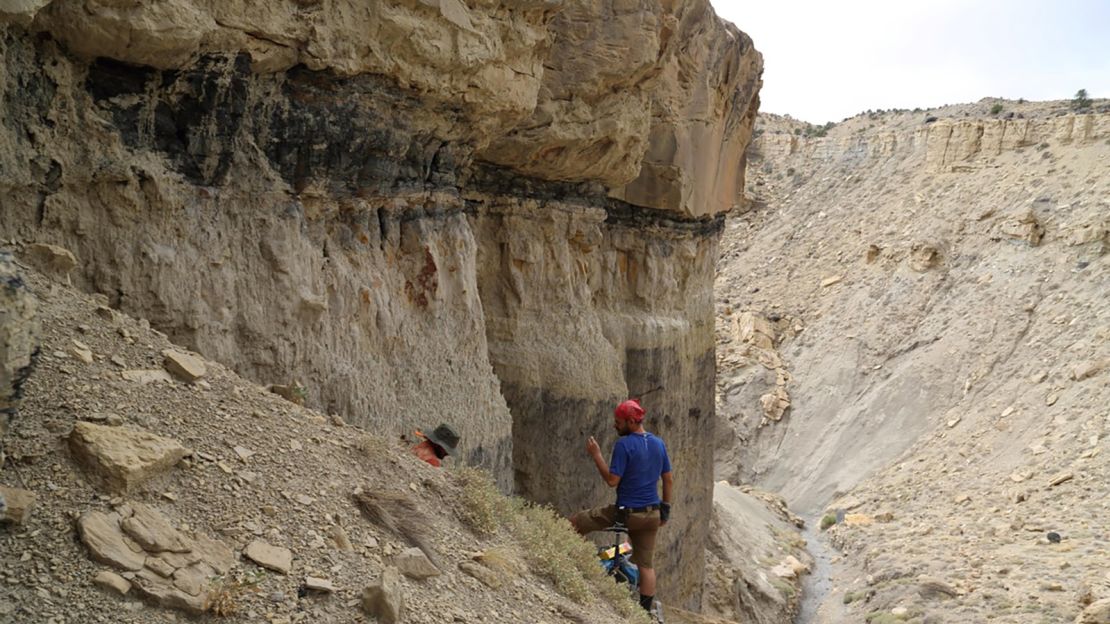
Did Dinosaurs Really Face Extinction Before The Asteroid? New Clues Rewrite Prehistoric Fate
The dramatic end of the dinosaur era—triggered by a colossal asteroid strike 66 million years ago—has long fascinated scientists and the public alike. For decades, paleontologists have debated whether these prehistoric titans were already in decline before their cataclysmic extinction, or if they were actually thriving until that fateful impact. Now, new research is upending old assumptions, offering fresh perspectives on one of nature’s greatest mysteries.

In a study recently published in the journal Current Biology, an international team of researchers turned to North America’s rich fossil record to unravel the last 18 million years of dinosaur history before the asteroid impact. Contrary to previous beliefs that dinosaur diversity peaked 75 million years ago then steadily waned, the analysis suggests these creatures held steady—at least until disaster struck.
Lead author Chris Dean of University College London explains, “It comes down to the fossil record and its fidelity, or its quality. The story we’ve been telling for decades might be less about real dinosaur decline and more about gaps in what we’ve physically found.” Their approach? Using occupancy modeling—a method borrowed from modern ecology—to estimate whether dinosaurs were present even in places where their fossils may be missing. This technique revealed that the four main dinosaur clades, including the mighty Tyrannosauridae and the horned Ceratopsidae, likely maintained stable habitats.

Crucially, the research highlights how geology—shifting tectonics, mountain building, and sea-level changes—has shaped which fossils are available to us today. As coauthor Alfio Alessandro Chiarenza notes, “This apparent decline is more likely a result of a reduced sampling window, caused by geological changes… rather than genuine fluctuations in biodiversity.”
Not all experts agree that the debate is settled, however. Mike Benton, a leading paleontologist from the University of Bristol, points out that the study shows the apparent reduction in diversity could stem from these sampling biases—or it could still reflect a real decline. The mystery, it seems, continues.
If the asteroid hadn’t intervened, would dinosaurs still roam the planet alongside mammals, lizards, and their bird descendants? This latest research adds a compelling new layer to a story as ancient as time—and reminds us just how much there is left to discover about Earth’s vanished giants.
What’s your take—were dinosaurs doomed, or was their fate simply a cosmic accident? Share your thoughts in the comments below and join the discussion about these astonishing revelations.